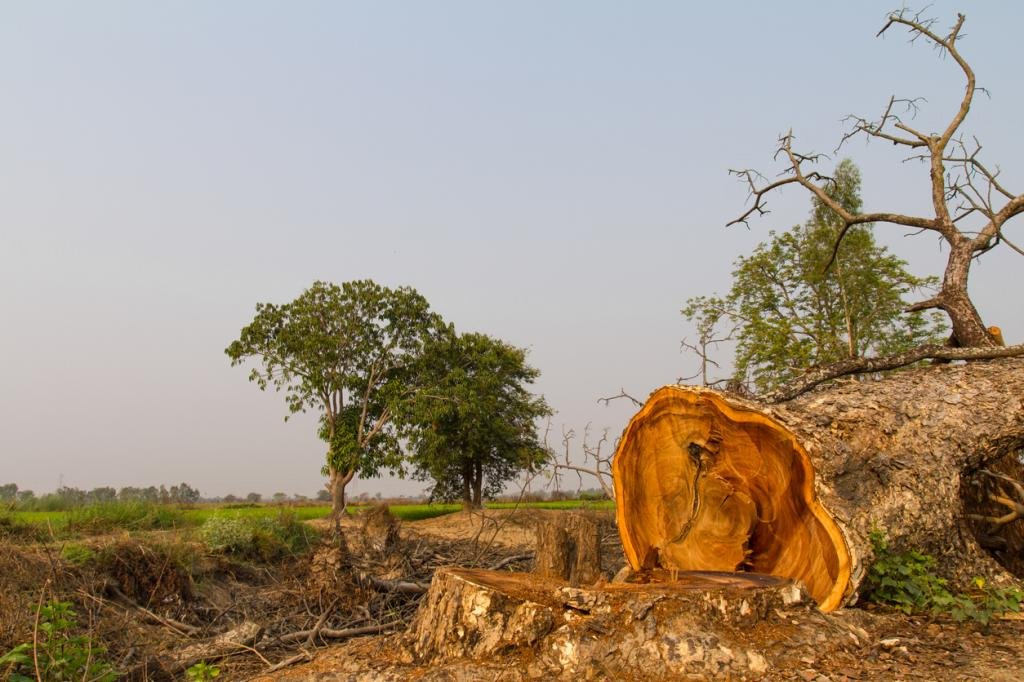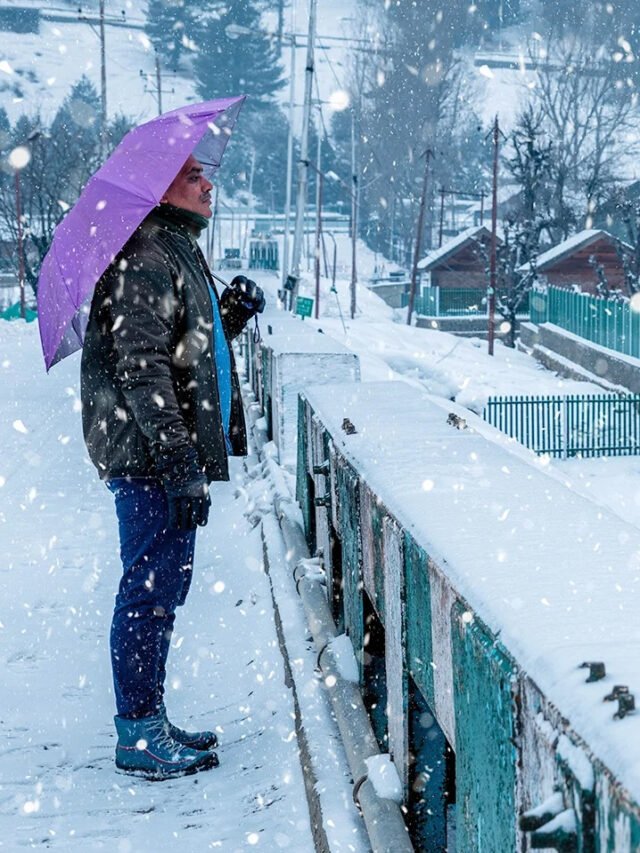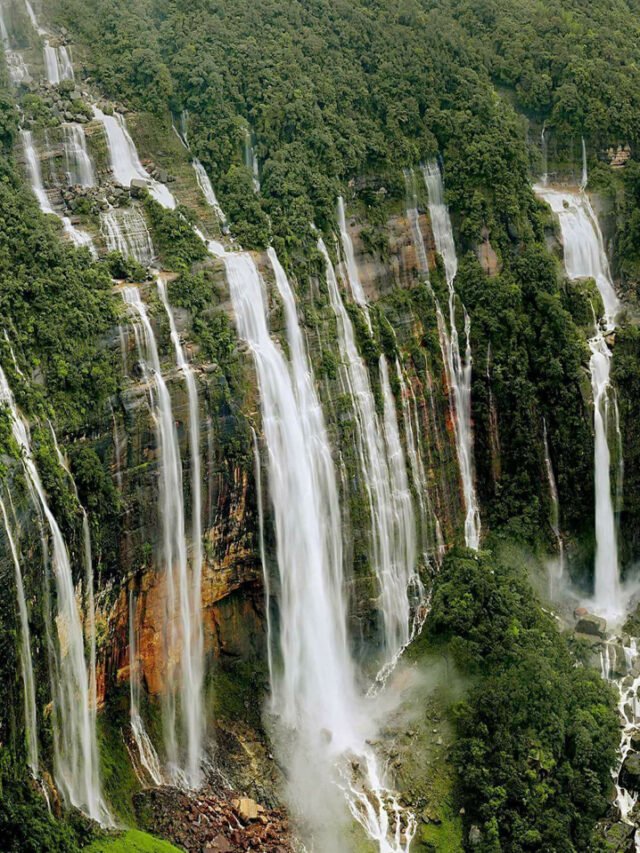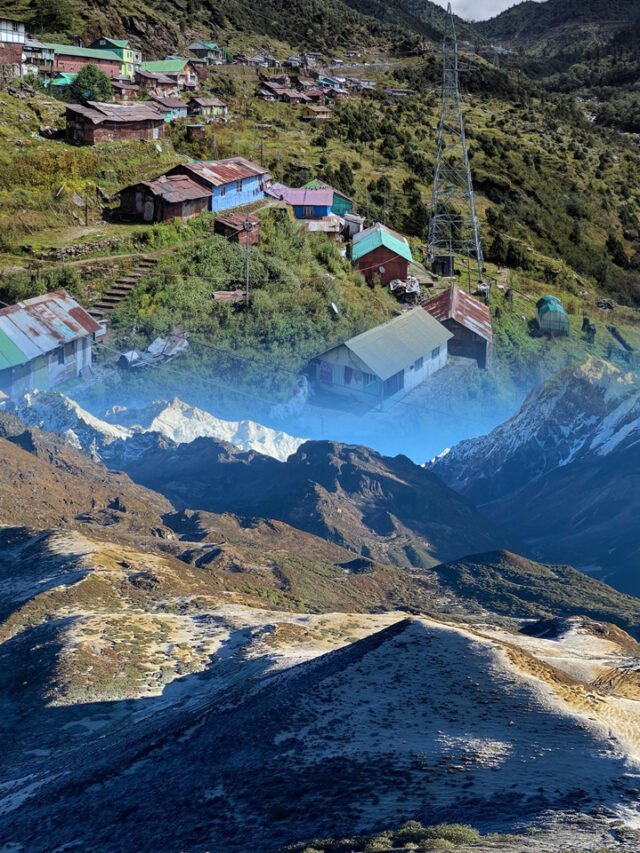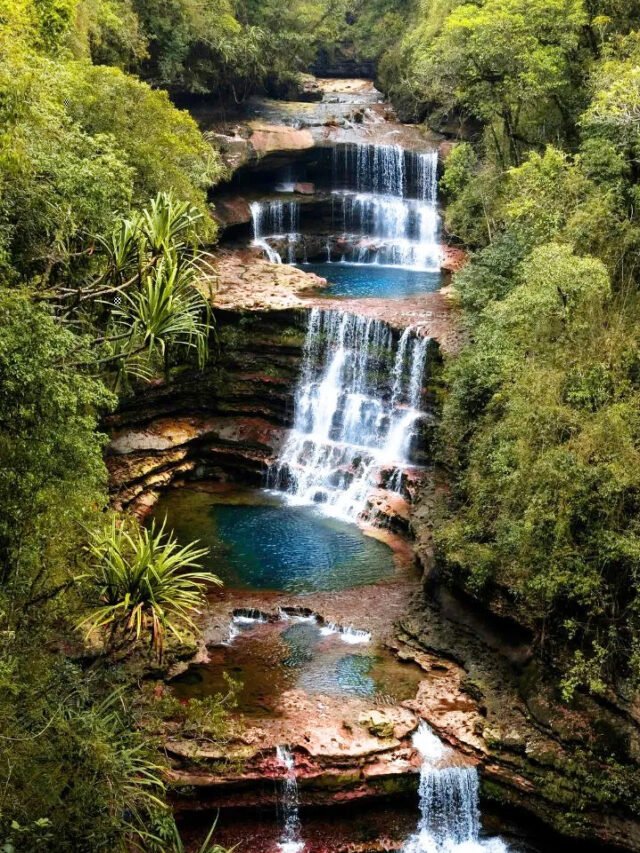Strap: Last month, locals and activists alleged that they had been detained for protesting against the tree felling
NEW DELHI, Jan 24: Amid a political uproar over tree felling in Chhattisgarh’s biodiversity-rich Hasdeo Aranya, the state government has informed the National Green Tribunal that more than 98,000 trees were cut for coal mining in the Parsa East Kete Basan coal field since 2012.
However, activists protesting against the cutting of the dense forest in the tribal-dominated Surguja district claim that the government has “grossly” underreported the figures.
The ongoing tree felling for the second phase of the Parsa East Kete Basan (PEKB) coal mining project has become a political flashpoint in Chhattisgarh ahead of the Lok Sabha elections, with the state’s Congress chief unit Deepak Baij joining the protests against the tree cutting earlier this month.
Last month, locals and activists alleged that they had been detained for protesting against the tree felling, following which the Congress raised the issue in the Chhattisgarh assembly.
Taking suo-motu cognisance of the matter, the National Green Tribunal sought a report from the state’s Forest department which, in its reply, said the tree felling is being undertaken “in strict adherence to the approvals and permissions given by both central and state government authorities”.
It mentioned that the PEKB coal block is spread over 1,898 hectares of forest land. Phase 1 mining over 762 hectares has been completed while Phase 2 is underway on the remaining 1,136 hectares.
The Chhattisgarh Forest department reported that a total 81,866 trees were cut in the first phase of mining between 2012 and 2022. Around 17,460 trees have been felled on 113 hectares under Phase 2, which is being conducted in parts.
The department informed the green panel that more than 53 lakh saplings have been planted to compensate for the loss of trees.
Alok Shukla, convenor of the Chhattisgarh Bachao Andolan, said there are 400 trees per hectare in Hasdeo Aranya, citing a Wildlife Institute of India (WII) study.
“This means more than 3.5 lakh trees have already been cut since 2012. The state government has grossly underreported the numbers,” he claimed.
A total 22 coal blocks are identified in Hasdeo Aranya, of which seven — with a total area of about 8,500 hectares — have been allotted to various state government companies. Mining in these coal blocks will lead to the destruction of more than 32 lakh trees, he claimed.
According to the Indian Bureau of Mines, coal reserves in the Hasdeo Aranya forest amount to 5,179.35 million tons.
Shukla said Hasdeo Aranya, spread over 1,70,000 hectares, is much larger than the country’s capital Delhi. The WII study conducted on the directions of the Supreme Court said nine species of Schedule I animals are present in this forest.
“This region is home to more than 167 species of plants, including 18 that are highly vulnerable and endangered. At least 82 species of birds are present in this area, of which six are considered endangered,” he said.
The report had also warned of a severe human-elephant conflict due to coal mining in the forest area and recommended keeping the entire forest area free from mining activities.
Shukla also said the entire area comes under the Fifth Schedule of the Constitution, where it is the responsibility of the governments to protect the forests, land, livelihood and culture of tribals.
According to the Recognition of Forest Rights Act, 2006; PESA Act, 1996; and Land Acquisition Act, 2013, made for these areas, consent of the gram sabha is mandatory for any project.
“But the Centre and the state government together, in violation of all these laws, gave coal mines in Hasdeo Aranya to the Rajasthan government,” Shukla alleged.
“The coal needs of Rajasthan can be met by the huge mines of Coal India located in Chhattisgarh. Rajasthan itself has produced thousands of megawatts of solar power,” he said. (PTI)


